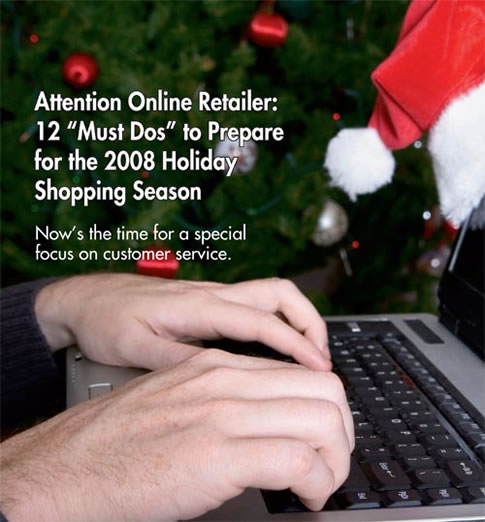
Whether you’re a retailer or a supplier to retailers or other businesses, this article is for you. This is the time of year when retailers look at making their web sites more customer-friendly, building traffic and getting them tweaked and tuned for the Christmas season. But the same rules apply to business-to-business operations. We all want our web sites to help us make money, and the methods that work for online retailers will work for nonretailers as well. Consider that according to comScore, $29.2 billion was spent online during the 2007 holiday season, marking a 19-percent gain vs. the same period the year prior. According to a recent National Retail Federation survey, more than 40 percent of shoppers say that they will start the 2008 holiday shopping before Halloween.
Retailers are already deeply involved in the 2008 holiday shopping season. The fourth quarter is vital to a retailer’s overall yearly success, with anywhere from 30 to 40 percent of sales coming during this time frame. Considering that business-to- business sites look for steady income all year long and not just during the holiday season, the following tips are even more relevant.
…
Comments
Add new comment